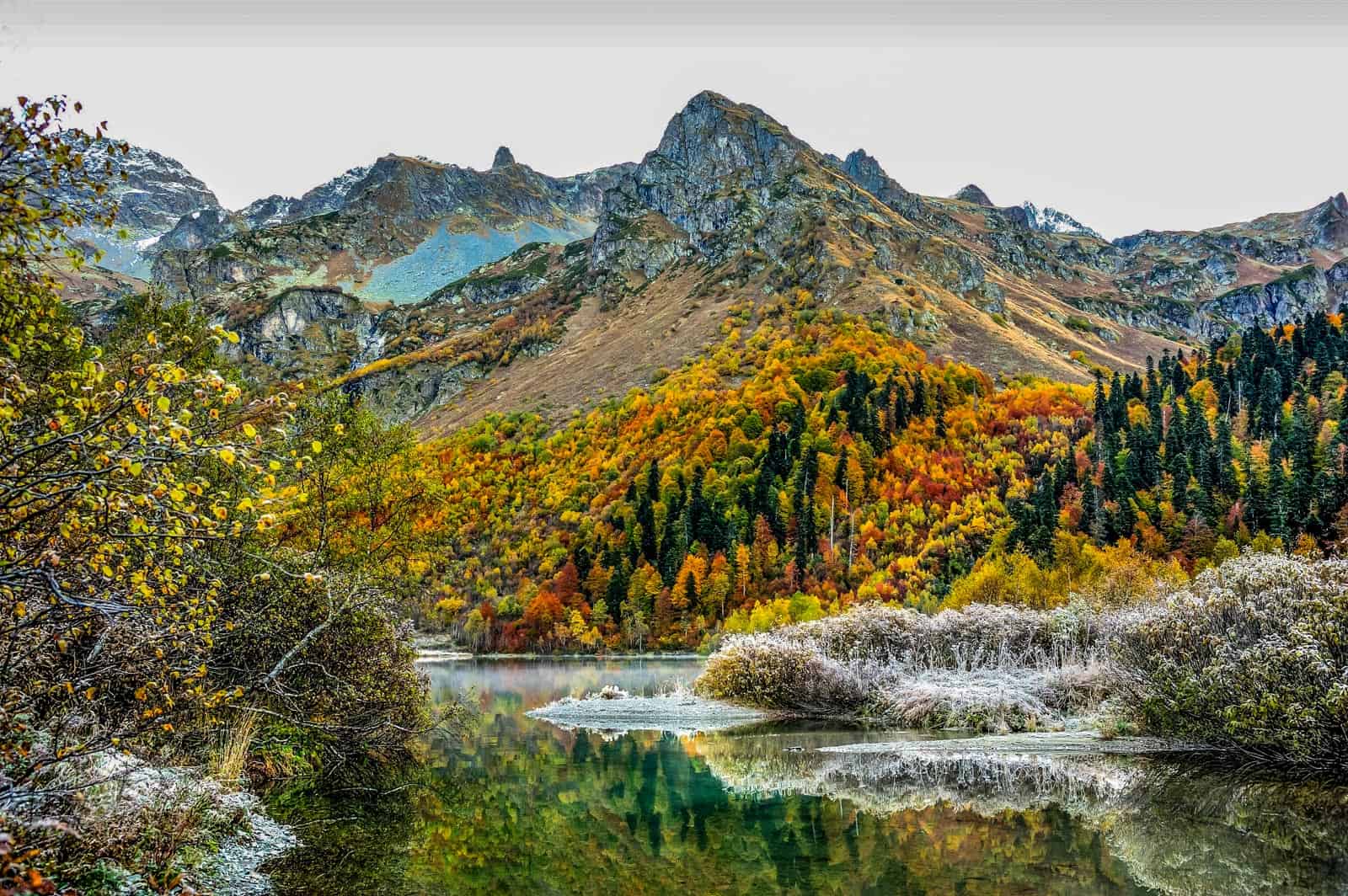Achieving a Global Deal for Nature?
Failure to achieve any of the Aichi Biodiveristy Targets has made the upcoming COP 15 CBD talks of urgent importance. The upcoming talks, in Kunming, China, will impact the world’s ability to halt the current, rapid loss of biodiversity. Despite the scientific alarm behind this, there has been little movement in terms of concrete political action. However, one widely discussed solution to this problem is the Global Deal for Nature.
Please also read: “Global Safety Net” To Fight Pandemics and Climate Change
What is the Global Deal for Nature?
The Global Deal for Nature would be a Paris-style proposal with time-limited targets. Such targets have the goal of protecting the diversity and abundance of Earth’s living organisms. It calls for a collective effort in protecting ecosystems, stopping land degradation and preventing further loss of biodiversity. Many proponents of this deal suggest that by 2030, 30% of the planet’s land should be protected and a further 20% should be sustainably managed in one way or another.
The goal is to target all major ecosystems, whether it be biodiversity-rich rainforests or arctic tundra. This is because all ecoregions have a role to play in continuing to provide key ecosystem services to humanity. Carbon storage, freshwater provision and coastal protection are some examples of ecosystem services that all ecosystems help provide.
Each country would sign up to these proposals, with the responsibility of making national contributions to the overall 50% target of sustainably managed land. This would be subject to negotiations and scaled according to country size and the amount of intact land they contain. Essentially, this would put aside nature in each country towards the overarching goal of protecting biodiversity.
Linking climate change and biodiversity
The Global Deal for Nature would help compliment the already agreed to targets under the UN Framework Convention on Climate Change. The nationally tailored biodiversity contributions would contribute to already existing land-based mitigation strategies in the Paris Climate Agreement’s Nationally Determined Contributions. The 1.5°C limit on global warming, as outlined in the Paris Climate Agreement, would be helped by saving biodiversity. Much of the world’s existing habitats, alongside restored areas of forest, will be required to be put under conservation by 2030, if this global warming target is still to be achieved. Above all, this shows that the two strategies go hand in hand. The need to get a deal over the line, with regards to protecting biodiversity, is thus amplified by this interconnectedness. In stabilising the climate, the diversity and abundance of life on earth is needed as well.
By living in harmony with nature, we can avert the worst impacts of climate change and recharge biodiversity for the benefit of people and the planet.

What challenges lie ahead of this proposed deal?
A recently published report suggests that in order to properly protect the planet from climate change, Earth would eventually need over 50% of protected terrestrial areas. However, to implement a ‘global safety net’ like such, would cause potential social and political issues. It would require the restoration of degraded lands, which would lead to an incursion into indigenous and agricultural lands. In this respect, the authors of this plan have explicitly made it clear that their proposal is not based on taking current agricultural land out of production or removing indigenous people from their lands. Taking this into account, this shows the benefits of such a plan, reducing disruption to a minimal level.
Politically, the adoption of a Global Deal on Nature could be trickier. While every country’s support is important, it is crucial that Russia, Brazil, Indonesia and the USA are on board as they contain significant amounts of the world’s biodiverse areas, and have the natural resources to contribute significantly. A key problem is that the USA is not a signatory to the Convention on Biological Diversity. Having such a big player outside this framework complicates the agreement process further. Nature and its services account for $44 trillion of the world’s GDP. With this knowledge, it may convince world leaders to support this new deal. Nevertheless, most countries are vying for prominent speaking spots at next year’s summit in Kunming, with many countries are sending their heads of state or government to the summit. Hopefully, in the near future, governments transform this growing awareness into a binding agreement to protect biodiversity.







